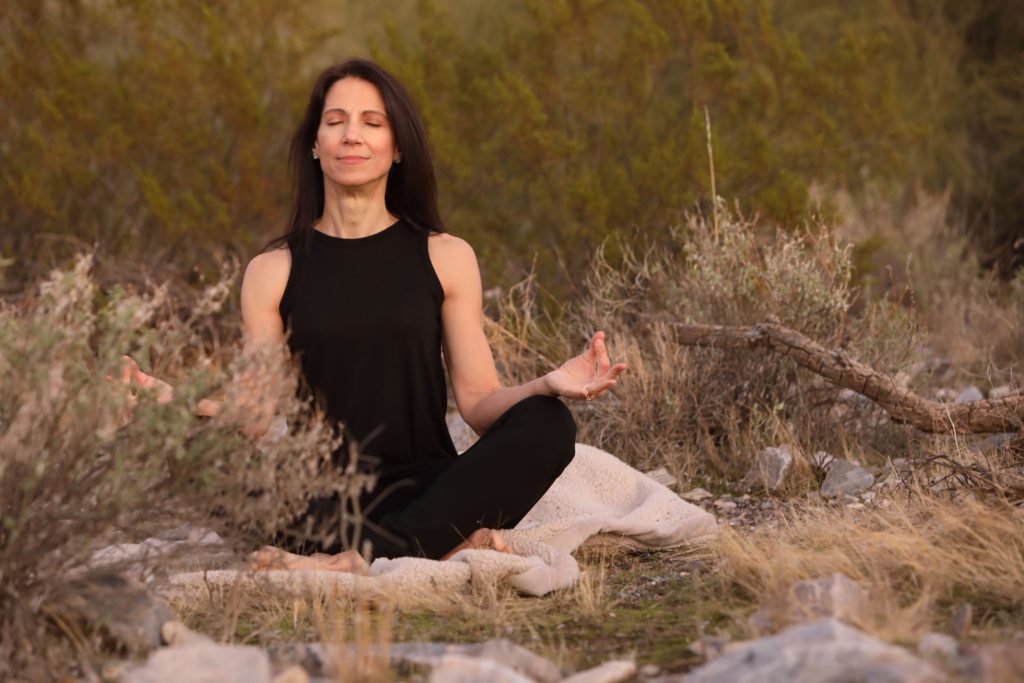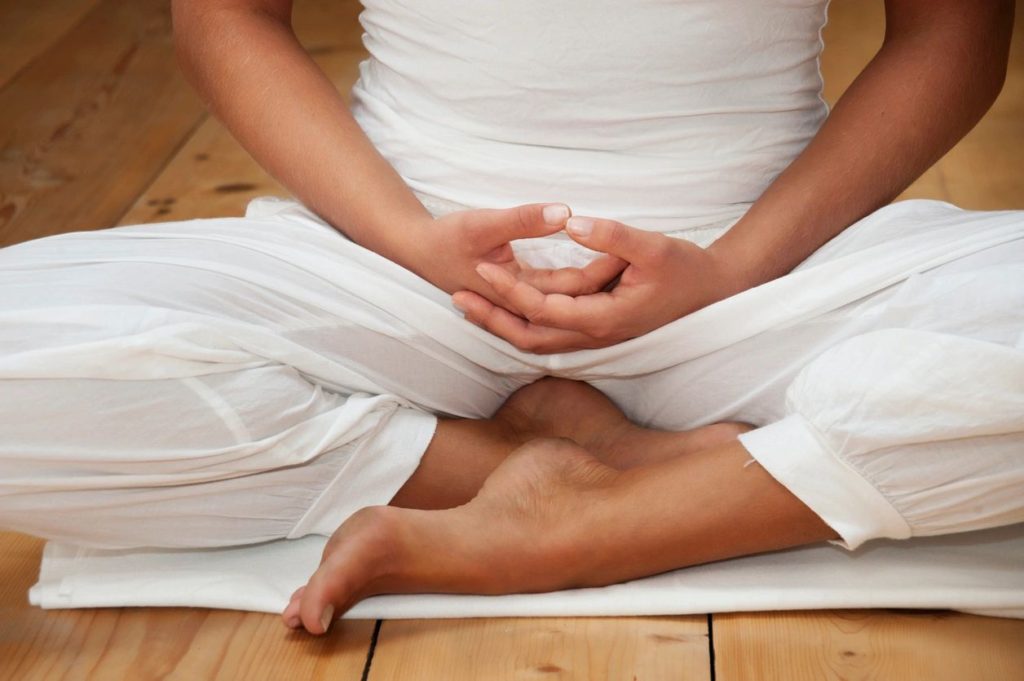You know it’s good for you, and there are literally hundreds of studies that prove it. So, why aren’t you meditating? For most of us, the answer is simple — we’re too busy and distracted to just sit and breathe.

“We live in the 21st century where the fast-paced world we’ve built is inundating us with floods of energy constantly if we allow it. A 10-minute break from that can be very beneficial,” says Benjamin Decker, meditation teacher and author of Practical Meditation: a Holistic Three-fold Approach to Meditation.
Meditation involves bringing your full attention to a single point, such as following your breath as it flows in and out, repeating a soothing word or phrase to yourself, gazing at an object such as a candle flame or listening to an inspirational song. If your mind wanders — and it will — you simply bring it back to your focal point again and again without judgment.
How Do I Make My Daily Practice Stick?
If you’re just getting started, let go of the notion of burning incense, chanting or sitting for lengthy periods in a painful, pretzel-like position. Just a few minutes of stillness is all that’s needed — whether you’re sitting in a chair, on the floor or in a bathroom stall.

Set a goal of meditating daily for five minutes, slowly increasing the duration each week. On days when you feel too busy to meditate, just take 10 slow, deep breaths anywhere you can find a few moments to yourself.
Is Meditating Really Worth the Trouble?
Decades of research show that meditating regularly can help reduce stress, sharpen your focus and memory, manage depression, lower your blood pressure and improve the quality of your sleep. Studies also prove that regular meditation can create positive changes in the physical structure of your brain that may lead to better decision-making, increased empathy, and better emotional control.
“The biggest challenge that I find with clients who have resistance to learning meditation is their lack of understanding of what it really is and what the benefits actually are,” says Decker. “The only way to really understand the benefits of meditation is to ‘take the leap,’ so to speak, and begin the experiment of engaging in the practice.”
6 Simple Steps to Meditating Right Now
Take a moment now to try this meditation technique of counting your breaths:

- Find a quiet place free of distractions.
- Sit comfortably in a chair with your feet flat on the floor and a straight spine. Avoid leaning against the back of the chair. You can also sit on the floor with your hips elevated on a cushion. If sitting upright is painful, lie on your back with a rolled-up blanket or pillow under your head and neck.
- Close your eyes, take three big, deep breaths and exhale out your mouth with a “ha” sound.
- Bring your lips together and breathe naturally through your nose. Nostril breathing is more calming to the nervous system, but if this isn’t possible, breathe in whatever way is comfortable.
- Start to count your breaths backward from 10 to 1. As you inhale, say to yourself “10” and as you exhale, repeat “10” silently. Continue like this with the numbers 9, 8, 7, and so on, until you reach zero. Then return to 10 and begin again. If you lose the count, simply start over from 10. Aim to complete at least 3 cycles of counting.
- When you’re done, slowly open your eyes and take a few moments to notice any thoughts and sensations in your body before moving back into your daily routine.
Try a Free Meditation App on Your Mobile Phone

If you find it difficult to meditate on your own, download a meditation mobile app such as Insight Timer, Calm, Sattva, 10% Happier or Stop, Breathe & Think. These mobile apps track your progress and offer a myriad of meditation styles – from guided meditations and chanting to sounds of nature and relaxing music. The mobile apps are free, but premium content costs extra.